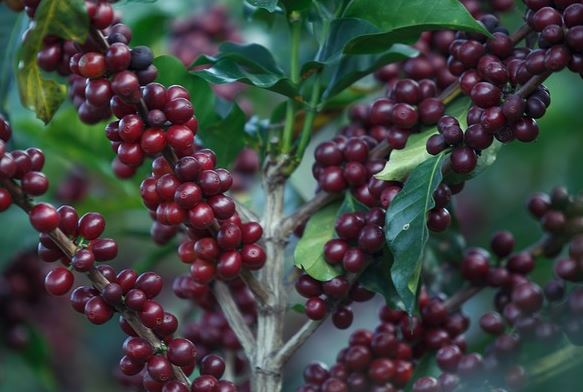Acclimatization of micropropagated plantlets of Coffea canephora
DOI:
https://doi.org/10.20873/jbb.uft.cemaf.v5n1.santosKeywords:
Plant tissue culture, micropropagation, Coffea canephora, survivalAbstract
Coffea canephora is the predominant species in the state of Rondônia, due to its adaptation to soil and climatic conditions in the region. The acclimatization comprises a set of techniques and procedures that are designed to adapt plantlets to field conditions, heterotrophic to autotrophic condition. This work aimed to evaluate conditions of acclimatization of plantlets of C. canephora in relation to the initial stages of seedling development, levels of shading and acclimatization period. In the first experiment, we used three stages of micropropagated plants: "torpedoes", "sprouted" and "seedling" and two levels of shading, 30 and 50% in 3 x 2 factorial. The plants were weighed and placed individually in cells containing the trays Plantmax®. After 30 days, there was survival, plant length, leaf number and fresh weight. The second experiment evaluated three periods of acclimatization at 30, 45 and 60 days, after the seedlings were transferred to field conditions in plastic bags. After 90 days of the deployment of the experiment, there was survival, plant length, leaf number and the ratio between initial and final weight of the seedlings. The developmental stage "seedlings" resulted in increased survival and plant development stages in relation to "torpedo" and "sprouted." The shading of 50% resulted in increased survival and plant growth than 30%. The acclimatization period of 30 days did not differ significantly from the periods of 45 and 60 days, the most suited for this application.
Published
How to Cite
Issue
Section
License
Copyright (c) 2024 - Journal of Biotechnology and Biodiversity

This work is licensed under a Creative Commons Attribution 4.0 International License.
Authors who publish with this journal agree to the following terms:
Authors retain copyright and grant the journal right of first publication with the work simultaneously licensed under a Creative Commons Attribution License (CC BY 4.0 at http://creativecommons.org/licenses/by/4.0/) that allows others to share the work with an acknowledgement of the work's authorship and initial publication in this journal.
Authors are able to enter into separate, additional contractual arrangements for the non-exclusive distribution of the journal's published version of the work (e.g., post it to an institutional repository or publish it in a book), with an acknowledgement of its initial publication in this journal.
Authors are permitted and encouraged to post their work online (e.g. in institutional repositories or on their website) prior to and during the submission process, as it can lead to productive exchanges, as well as earlier and greater citation of published work (Available at The Effect of Open Access, at http://opcit.eprints.org/oacitation-biblio.html).


